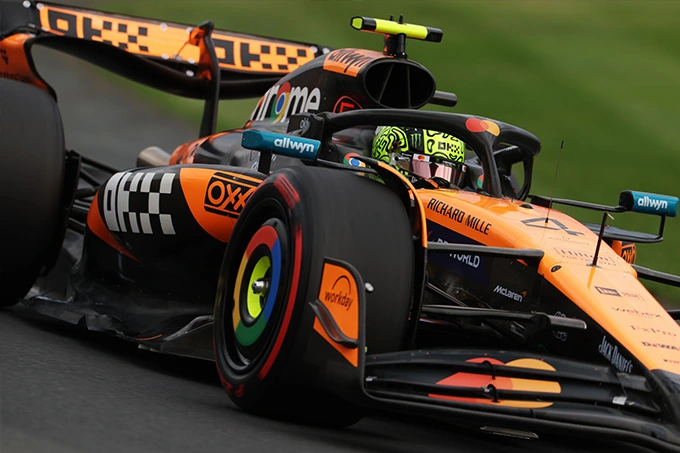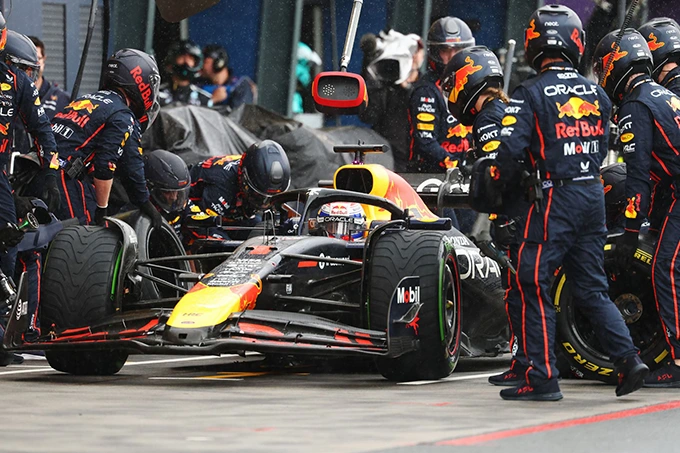After closing the case, the FIA reopens its flexi wing investigation as 2025 looms, aiming to tighten and unify standards.
Nikolas Tombazis, the FIA’s Head of Single-Seaters, has opened up about why the governing body reopened the flexible wing case late in 2024, despite earlier saying it was closed.
Speaking candidly, Tombazis revealed that deeper analysis after the season uncovered significant variations in wing flexibility between teams. These findings pushed the FIA to act before the 2025 season kicked off.
“It was really an internal decision,” Tombazis explained. “Looking back, I probably spoke too soon when I said the matter was settled. After the season, we reviewed all the data, from cameras and sensors — and realized the flexing trend was only going to get worse.”
Rather than wait until mid-season and risk a wave of complaints and technical drama, the FIA opted for early intervention. By December, the decision was made to take stronger action.
FIA Delay Leaves Teams Divided
Red Bull’s Technical Director, Pierre Waché, was among those surprised by the FIA’s delayed timeline — new limits on front wings won’t be enforced until race nine of the 2025 season.
“Normally, the FIA moves quickly on these things,” Waché said. “This time, it didn’t. Especially on the front wing, I expected action at the season’s start. Delaying it really surprised me.”
Some teams will be more affected than others, but Tombazis admits that finding a solution that pleases everyone is nearly impossible.
“It’s like trying to cut a birthday cake so that all your kids get the exact same slice. It never works out perfectly,” he said. “We’re dealing with cost caps, expensive components, and teams with very different resources.”
He added that applying the new rules immediately would’ve hit smaller teams hard — many would’ve had to discard costly parts they’d already developed.
“We figured telling teams in December that they’d need to redesign their wings by March was too harsh. So, we chose to delay the enforcement a bit. There’s no perfect solution.”
FIA Acts as Tensions Boil Over
The situation had been simmering through the final months of 2024, with teams increasingly pointing fingers. By season’s end, the FIA decided it was time to act.
Tombazis also explained why the FIA is still monitoring rear wings and DRS flaps.
“We thought the previous mini-DRS regulation was enough — but honestly, we weren’t 100% sure. So, we asked teams to add cameras to monitor flexing more closely.”
It became clear during Bahrain testing that the issue hadn’t been fully resolved.
“Instead of letting it spiral into a PR mess full of media speculation and protest photos, we chose to take clear, quick action.”
The FIA ultimately decided that the necessary changes were manageable for most teams — especially those pushing the limits. As for when to implement the changes, it came down to a strategic choice.
“We debated between Japan and China. But with China’s long straights, we knew the topic would dominate the headlines if we didn’t act. So we chose to move decisively.”

- Discover More>Hamilton Hits Back at Critics Ahead of Japanese Grand Prix
- Follow us on >FACEBOOK and >TWITTERfor F1 updates
Tombazis Admits Error as FIA Targets Wing Flex Rules
Tombazis Admits Error as FIA Targets Wing Flex Rules
